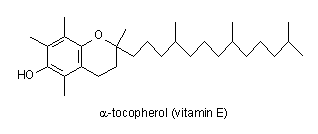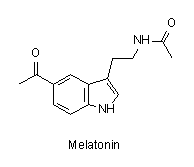The energy requirement of higher organisms depends on chemical work mediated by oxidative metabolism located mainly in mitochondria which are distributed all over the organism. To keep this machinery running, each cell harbouring mitochondria has to be supplied with oxygen - the more, the better for combustion of the fuel. An obstacle to an ample supply of oxygen is the incidence of oxygen radicals which because of their high chemical reactivity cause unspecific but severe damage. A secure balance between combustion rate and injury avoidance has to be found. This balance may be improved by special protective branches of the overall metabolism that trap radicals.
Life of these organisms is ruled by a specialized tissue composed mainly of nerve cells. Excessive damage to these cells renders the rest of the organism rather useless however good its combustion rate may be. Because of the slow regeneration ability of nerve tissue time becomes an issue. As the average life span of man has been prolonged by cultural achievements, the accumulation of nerve damage may become critical.
Some insights into the mechanisms of nerve tissue protection may be gained by studying pathological conditions with accelerated nerve degeneration like Alzheimer's disease. This disease is characterized by the cerebral deposition of amyloid ß-protein in fibrillar form with mechanisms involving reactive oxygen species. Quenching these radicals is supposed to slow brain degeneration.
In an experimental setup measuring the viability of neuronal cells exposed to amyloid ß-protein a beneficial effect of the known radical scavengers tocopherol (vitamin E) and melatonin was demonstrated. In view of therapeutic strategies indole-type substances are to be preferred, as these are devoid of autoxidizing reactions as found with phenolic antioxidants like tocopherol. A survey of other indole-type substances for counteracting the toxic effect of amyloid ß-protein showed indole-3-propionic acid (IPA) to exceed the effect of melatonin, the most potent substance previously known. IPA is an endogenous substance found in the plasma and cerebrospinal fluid of humans. Upon initial reaction with a hydroxyl radical IPA is oxidized to a kynuric acid. The exact physiological role (and possible therapeutic use) of IPA awaits further investigation.

|

|
 | |
| Mechanism of radical elimination by IPA | |
| Model of Indole-3-propionic acid |
|